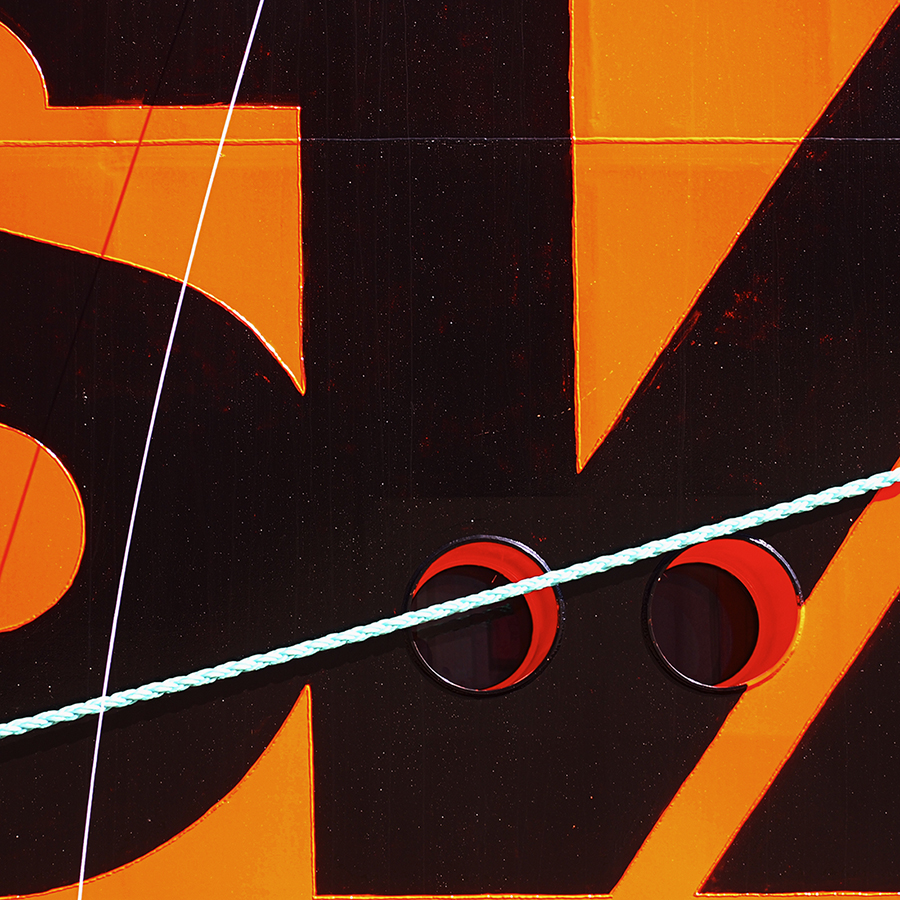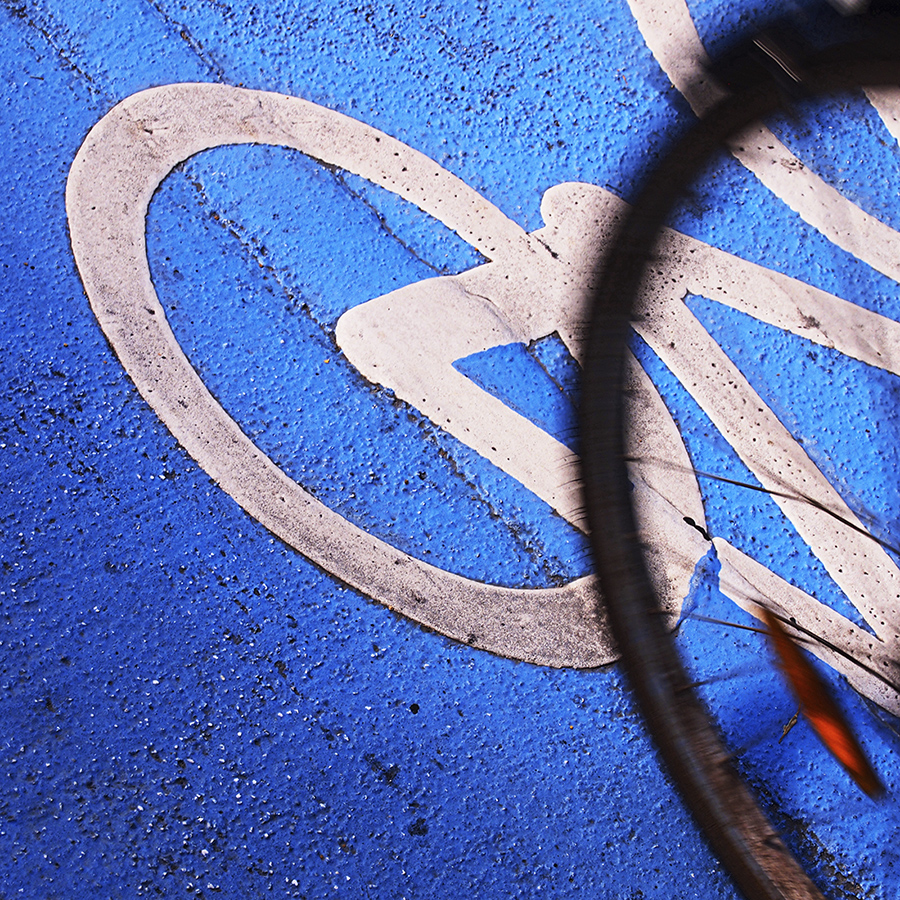'I'm Not Very Creative' (Part 2)
 In my last blog post I discussed whether we can all be creative or whether creativity is something that only a few gifted individuals are born with. My view is that creativity is something within us all. We need to find the appropriate outlet for us (for some it's painting, others poetry or music and others photography) and then work hard to nurture & develop our skills & talents. The creative person must be prepared to invest time and effort to maximise their creativity and this requires patience, commitment and dedication.
In my last blog post I discussed whether we can all be creative or whether creativity is something that only a few gifted individuals are born with. My view is that creativity is something within us all. We need to find the appropriate outlet for us (for some it's painting, others poetry or music and others photography) and then work hard to nurture & develop our skills & talents. The creative person must be prepared to invest time and effort to maximise their creativity and this requires patience, commitment and dedication.
Over the years I have developed a range of strategies to develop, refine and sharpen my creativity and I will share these in this blog post in the hope that others will find them helpful on their own photographic journey.
Here are ten inter-related strategies that I have used and found useful to keep my vision fresh and to stimulate my creative juices.
1. Cultivate curiosity and a willingness to look at the familiar with a new set of eyes.
This requires us to return to the child within us; to see the world anew with a fresh set of eyes. To look at the things we normally walk by & ignore and instead to take time to see their beauty as potential photographic subjects. These could be things around our home (in the kitchen or the garden shed) or in the local town centre (road markings, street furniture, architectural details). When I run my Urban Abstracts workshops it always gives me satisfaction to see people getting pleasure from photographing the mundane & the everyday and producing works of art.
To develop our ability to look beyond the obvious and find great images in the things around us it's useful to set ourselves projects or challenges e.g. to record our home town through a series of abstract images, to take one photograph a week of random objects found around the house.
2. Stay loose, keep an open mind
As someone who normally likes to work in a very planned and controlled way I've found it's helpful to occasionally work in a more spontaneous fashion, responding to the things that visually appeal to me as I'm out & about on a walk in the countryside or wandering around a city. Actively looking for a specific photograph can sometimes get in the way of our creativity. Photographer Ruth Bernhard has said, 'I never look for a photograph. The photograph finds me and says "I am here"'. And in his book, "Light, Gesture and Colour", Jay Maisel says how he surprises his workshop participants by telling them to stop going out and shooting and just 'go out' with their camera. It's a different emphasis and requires a totally different mindset.
3. Work on the edge; move out of the comfort zone
It can be very productive to challenge ourselves to so something different and particularly if it moves us out of our comfort zone. I talked about this at some length in a previous blog post ('If You Always Do ....').
 4. Experiment and play with different equipment
4. Experiment and play with different equipment
I'm not a great advocate of buying photographic equipment just for the sake of it. However working with a new piece of kit can stimulate our creativity by encouraging us to see the world differently, to approach our photography with a fresh vision. Over the years I've shot film with various toy & pinhole cameras and in the digital world extended this to using pinhole adaptors, converted CCTV lenses and plastic optics on digital cameras. None of these have been very expensive purchases but they have been helpful in kicking me out of the creative doldrums or encouraging me to try a totally different approach to my photography.
5. Break the rules
Photography is riddled with so called rules - composition is the obvious area, where we are urged to design our photographs according to, for example, the 'Rule of Thirds' or the 'Golden Mean' or never to include an even number of subjects in the frame. But these are only guidelines not rules and to follow them slavishly leads to boring, formulaic and sterile images. If we learn to accept that there is no one right way to do something then this encourages us to explore as many different ways as possible to take photographs of any given subject. By accepting that there are no 'shoulds' or 'should nots' for the creative photographer we can remove some of the shackles and set our creativity free.
6. Don't concern ourselves with popularity
Our photographs are personal statements about our view of the world and a photograph says as much about the photographer as the subject - this may not always be a viewpoint shared by others. And that's OK - we are entitled to our view. So we should follow our instincts, value our individuality and not worry about the reactions of others to our images. My previous blog post, 'Photograph for Yourself' dealt with this in more detail.
7. Photograph your passions
Photographing the things we have an interest in, those things we feel passionately about is inspiring and motivating & therefore stimulating to our creativity. There's nothing more energy sapping and demoralising than photographing subjects that we have no connection with. Another quote from Ruth Bernhard - 'If you are not passionately devoted to an idea or subject, you can make very pleasant pictures but they won't make you cry'.
 8. Create time AND mental space for photography
8. Create time AND mental space for photography
Any artistic endeavour requires time, dedication & effort and photography of course is no different. Making space in our busy lives to pursue our passion is vital if we are to produce our best work. But time isn't the only factor - creating the mental space is also essential. I know I can't dip productively into the well of creativity if I'm worrying about invoices not sent or articles not written. Both time and mental space are required; one without the other leads to frustration and disappointment.
9. Draw inspiration from a variety of sources
Creativity and inspiration rarely come from within, unprompted and unprovoked. I draw on a well of creative material to give me ideas for photographs or photographic projects. This can be the work of other photographers, artists, poets, writers or musicians. I find music in particular very inspiring - it can transport me in my mind to other places and times or generate an emotional response that I just have to capture in an image.
10. Work on projects
I am a great believer in working on projects - they can motivate us to go out and take photographs by giving our image making a purpose; they can give our work a coherence rather than simply producing a series of 'one off, greatest hits'; and they encourage the exploration of a theme, idea or concept in greater depth which forces us to look further into the subject, working harder to go beyond the obvious and to draw more extensively on our creative resources.

